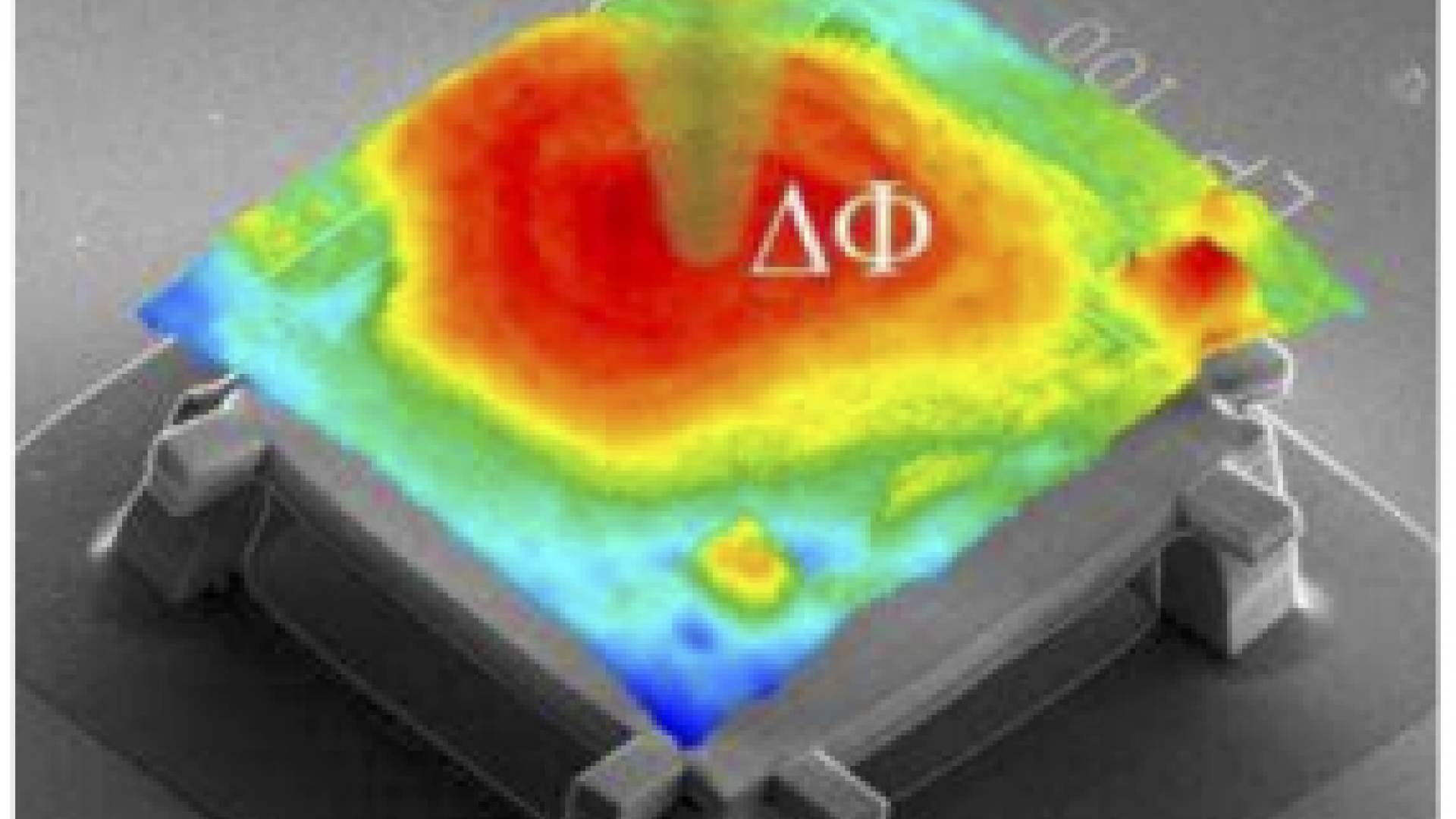Light-responsive devices are becoming increasingly relevant in many applications ranging from soft-robotics, energy harvesting, regenerative medicine and tissue engineering. Here we present a two-photon fabrication process based on a photocurable azopolymeric compound that we successfully employed to manufacture suspended micro-membranes. Thanks to the incorporation of azobenzene units, the membranes are shown to exhibit a remarkable mechanical photo-responsivity despite the disordered, amorphous structure of the crosslinked network. When irradiated with a focused laser beam at 532 nm wavelength, a reversible shape modification is observed, with a linear expansion coefficient as large as 28%. This effect is accompanied by a refractive index decrease of about 0.16, as measured interferometrically. The initial state of the membrane is fully recovered when the irradiation is switched off, as the cyclic photoisomerization process is stopped. The presented approach can be extended to light-induce complex modifications of the mechanical features in 3D printed objects by remotely providing arbitrary illumination patterns.
http://pubs.rsc.org/en/Content/ArticleLanding/2018/TC/C8TC03877E

